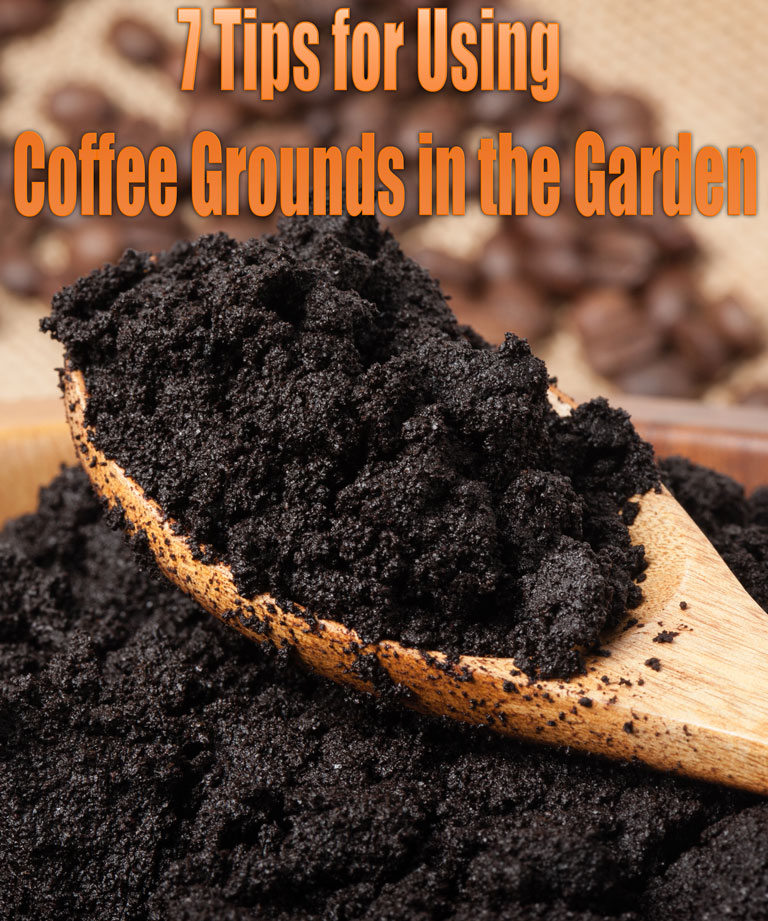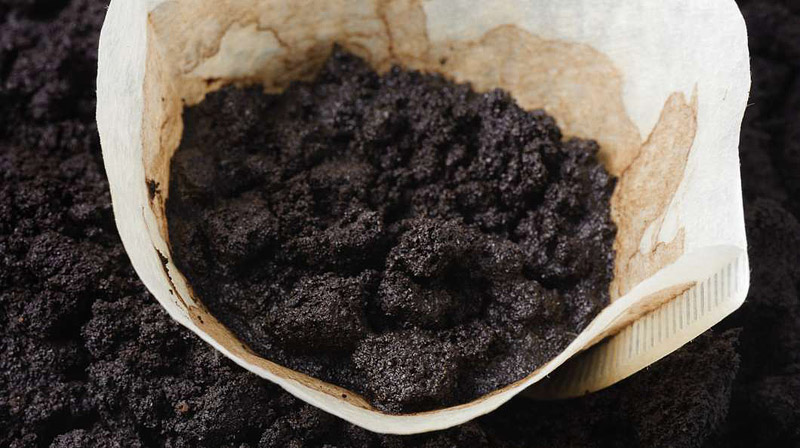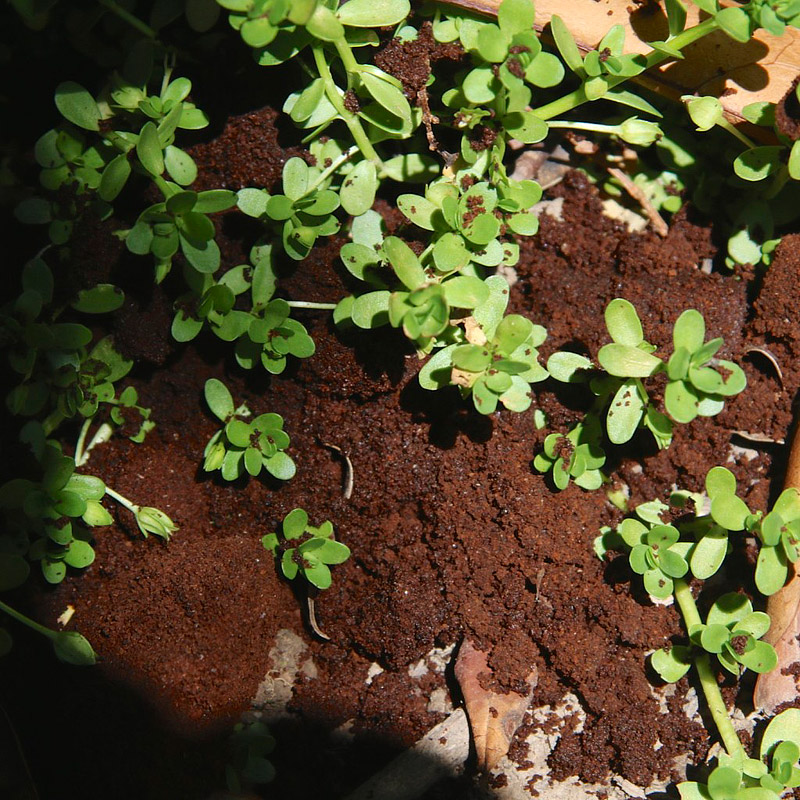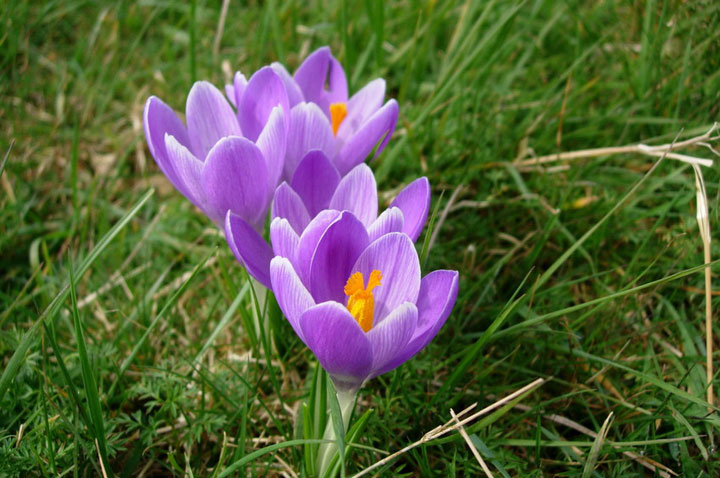
If you’re like me, that morning cup of coffee is non-negotiable. Over time, that caffeine habit can generate a lot of coffee grounds. Don’t toss those grounds into the trash — using coffee grounds in the garden can help create the garden of your dreams.
The benefits of coffee grounds
Coffee grounds are a valuable soil amendment, slow-release fertilizer and compost ingredient. High in phosphorus, potassium, magnesium and copper, coffee grounds add valuable nutrients to your garden and will help your vegetables, flowers and shrubs grow well.
The naturally occurring, non-harmful fungal colonies on coffee “appear to suppress some common fungal rots and wilts, including Fusarium, Pythium and Sclerotinia species,” according to Linda Chalker-Scott, Ph.D.. The addition of coffee grounds to planting areas could help naturally suppress common garden diseases.
Don’t worry that coffee grounds will be too acidic for your garden. PH tests of coffee grounds show results from mildly acid to mildly alkaline and grounds become progressively closer to neutral over time as they compost.
Where to get grounds
If your coffee pot doesn’t get quite the workout mine does, don’t worry! Most coffee shops, including shops in the Starbucks chain, will happily save their grounds for you to pick up.
If you want coffee grounds in quantity, talk to the owner or manager of a local coffee shop. Chances are, they’ll be happy to let you drop off a clean 5 gallon bucket in the morning and pick it up — full of coffee grounds — in the evening. Just make sure to show up to pick up your grounds when you say you will so this great garden amendment stays free and available.
How to use coffee grounds in the garden
1. Top-dressing mulch
Most of our coffee grounds go straight out to the garden, sprinkled around our perennial edibles. I use them to mulch around blueberries, fruit trees, currants and cane fruit with good results.
When adding a layer of coffee grounds directly to the soil, don’t pile the grounds on too thick — that’s a sure-fire way to end up with moldy mulch! A light quarter-inch layer of grounds on top of your normal mulch will break down quickly as worms and soil microbes go to work.
2. Direct soil amendment
When worked into the soil, coffee grounds act much like compost, and can improve tilth and add needed organic matter to depleted soils.
Incorporate coffee grounds up to 1/4th of the original soil volume, and be sure to fully incorporate the grounds by turning them in to a depth of several inches.
3. Lasagna garden component
Building a lasagna garden? In between layers of old straw or grass clippings, broadcast generous handfuls of coffee grounds. Repeat throughout the layered bed, being careful never to make any single layer of coffee grounds too deep; layers no thicker than 1/2-inch are best.
Coffee grounds-enriched soil grows big, healthy, organic vegetables!
4. Slow-release organic fertilizer
Many DIY organic fertilizers rely on seedmeal for most of their nitrogen. A coffee bean, if you think about it, is little more than a seed that’s been subjected to some drying, roasting and perhaps other processing (I’m looking at you, decaf!). It shouldn’t be too surprising, then, that coffee grounds contain a reasonable amount of nitrogen —about 2.3 percent, depending on extraction.
Sprinkle coffee grounds alongside leafy greens and fruiting crops in mid-season when an extra boost of slow-release nitrogen is called for.
5. Compost component
Depending on the exact processing and extraction, coffee grounds contain a carbon-to-nitrogen ratio of between 11:1 and 24:1. That makes them a “green” in the compost, even though everything else about coffee is brown!
Add coffee grounds to your normal, diverse compost pile. Because coffee grounds tend to be heavy and can mat down, you’ll get best results when you incorporate them at up to 1/3 of the compost pile volume. 1/3 shredded paper, 1/3 organic lawn clippings and 1/3 coffee grounds will make beautiful compost with ingredients that are all straight from the urban waste stream.
6. Vermicompost food
Share the buzz on coffee beans with your wormy friends! Coffee grounds make a great addition to a diverse vermicompost bin.
Just add the grounds (and unbleached paper coffee filters, too, if you want) to an established worm bin. Worms should not be fed exclusively coffee grounds, or be given a large amount of grounds at a time (so don’t upend the Starbucks 5-gallon bucket into your worm bin!) but a medium-size bin will happily process through the grounds from a pot a day.
7. Natural slug deterrent
Do you have a problem with slugs? Coffee grounds can help deter those slithering little beasts.
Slugs and snails don’t like crawling over coffee grounds (it scratches their slimy underbellies). Protect slug-magnet plants like cabbage or hostas with a generous circle of coffee grounds. In my experience this isn’t a 100% solution, but does help in combination with other natural slug control methods like beer traps.






Leave a Reply